The Meaning Of Namaste – Everything You Need To Know About It
Greet someone or raise a prayer with this respectful and soulful gesture.
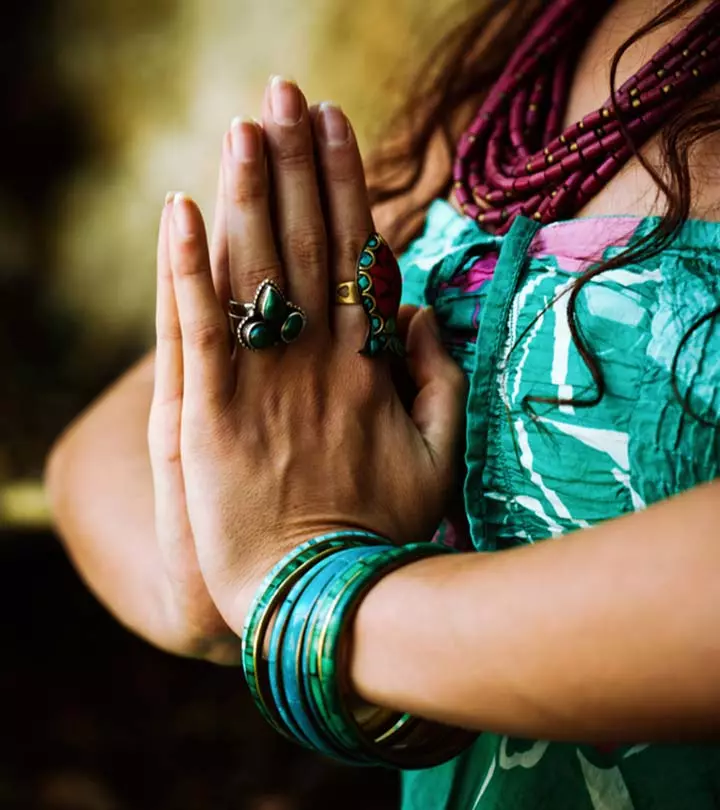
Image: Shutterstock
‘Namaste’ is probably the first word that comes to your mind when you encounter an Indian person. But, how many of you know the meaning of namaste? Well, you may quickly say it is a Sanskrit word, but there is much more to it.
Namaste is more than just a form of greeting. Namaste is a deeply respectful way to acknowledge and honor the divine presence in people. It bridges the gap between spiritual practice and daily life, emphasizing oneness and interconnectedness among persons. It has a meaningful place in yoga, and many people, especially Hindus, use this gesture also to pray. Yes, the gesture is very Indian, but its appeal is certainly universal.
So, what does namaste signify in yoga? What does namaste mean spiritually? How do you use it? And how does namaste differ from namaskar?
If you want answers to all these questions, you are in the right place. This article explains all these aspects of namaste and provides you with a step-by-step guide to use this gesture. Read on!
In This Article
What Is The Meaning Of Namaste?

Namaste is pronounced as na-ma-stay. The term ‘nama’ means bowing and ‘stay’ means to you. So the word Namaste means “bowing to you.”
The pre-classical Sanskrit or otherwise called Vedic Sanskrit dates back to 1500 B.C. Namaste is a Sanskrit word and can be traced back to the first usage of the Sanskrit language.
Also, many terracotta figures were excavated from the Indus Valley Civilization site which dates back to 3000 BC to 2000 BC.
Namaste is a common way to respectfully greet or bid goodbye to a person in India and Nepal. It is similar to saying ‘hello’ in the Western countries.
The act of Namaste comes from the Vedic customs and is a form of saluting. It expresses feelings and emotions like honor, courtesy, politeness and hospitality to the person the gesture namaste is directed to.
 Did You Know?
Did You Know?That and there is more! Namaste is a deeper concept than you think it is. To know more, keep scrolling down, my friend.
Key Takeaways
- A Sanskrit term originating in ancient India, Namaste is used as a greeting in some South Asian countries, including India and Nepal.
- It has spiritual significance, and it means, “I bow to the divine within you.”
- Namaste literally means “salutations to you,” while Namaskar means “I pay my salutation.”
- Namaste is said while greeting one person, and Namaskar is used to greet more than one person.
- The correct way of saying Namaste is by joining both hands together in front of the chest.
The Spiritual Meaning Of Namaste
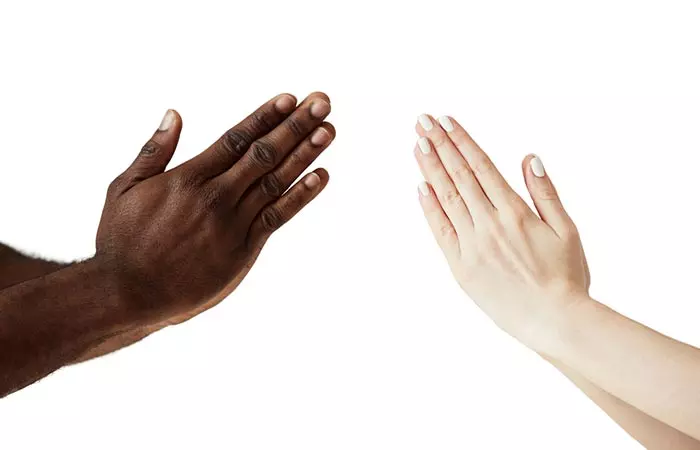
If you attempt to study the term ‘Namaste’ more profoundly, you will realize that it holds up what it stands for.
Namaste is a gesture that is respecting the divine presence in each of us. It is a spark that is located near your heart chakra. Namaste is acknowledging the soul and paying respects to it.
In fact, the act of Namaste recognizes and respects the spirit of one by the soul of another. Namaste wholly means—“I honor the place in you which is of love, truth, light, and peace.”, “I bow to the divine in you.”
Namaste represents the Vedic philosophy that believes that the divine and the self are the same and the gesture of namaste is bowing down to the divine in your being.
Imagine paying homage to the soul of another person through a namaste. It is a beautiful emotion evoking a spiritual tinge.
Your heart centers and chakras connect when you utter the word Namaste. It reverberates positive vibrations and passes positive energy to the one uttered to.
The Usage Of Namaste
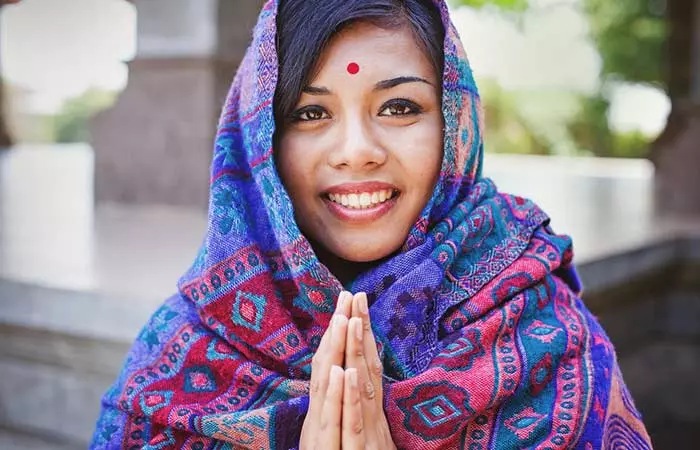
Namaste is a common gesture in many countries like India, Nepal, Bangladesh and few other parts of Asia.
It is used in the context of greeting, honoring, or welcoming a guest. In modern times, Namaste has crossed cultural barriers and gained acceptance in a variety of wellness and fitness settings. Its widespread appeal indicates a growing regard for mindfulness and respect in interpersonal relationships. It is also used as an acknowledgment to thank a person for their kindness or assistance. Between a teacher and student, namaste is a connection free from ego and complete surrender.
The hand gesture for namaste also has significance in acupressure. Joining your palms brings your fingertips together and puts slight pressure on the acupoints there. These acupoints connect the eyes, mind, and ears. Placing your joined hands in front of your heart and bowing your head focus your energy on the flow of love. This can also be used as a quick meditation technique to center yourself and your thoughts.
In Hindi and Nepalese, Namaste and Namaskar are commonly used. In Odia too it is Namaskar. In Kannada, it is Namaskara, and in Telugu, it is Dandamu. In Bengali, it is Nomoshkar, and in Tamil, it is Vanakkam. In Malayalam, it is Namaskaram.
Significance Of Namaste In Yoga
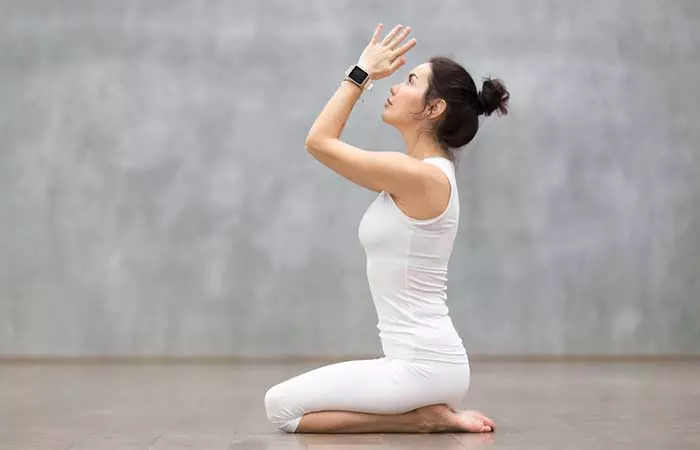
Usually, you do the namaste at the beginning and end of a yoga class. It is done to spread a sense of gratitude among the students towards the teacher and the art that they are about to learn.
The teacher also pays respect to those she is teaching and to the master she has learned from. Namaste is revering the ultimate truth that all of us are one which yoga strives to teach through a structural method.
Namaste also evokes a sense of spirituality in a yoga class and sets the mood of the class, that is to be peaceful and positive and work towards what is necessary without ego or competition.
- Cultural Significance In Yoga
In yoga, the gesture of Namaste is not merely a greeting, but a way to cultivate mindfulness and respect for others as well as for oneself. It represents the acknowledgment of the divine light that exists in every individual, developing a feeling of unity and common humanity while in practice.
Namaste also refers to equality and sharing in a yoga class. In short, it is an excellent way to start and end a yoga class or practice. But what are other ways to end a yoga session without saying Namaste? Scroll down to know.
What To Say Instead Of Namaste
Here are a few alternative ways to end your yoga class without saying namaste:
- Many instructors conclude their sessions by chanting “Om Shanti Shanti Shant” to help their students appreciate the surrounding peace.
- You may share a positive quote or affirmation related to yoga, mindfulness, or well-being.
- Just share the silence with practitioners and bow to signify the end of the session
- Chanting “Om” at the end of the yoga class can help the practitioners feel calmer and more energetic.
- Wish the practitioners a happy week/day as you end the session.
- Say thank you and express your gratitude as you end the class.
Namaste and Namaskar are often used interchangeably. Are the two the same or is there any difference? Let’s find out.
Difference Between Namaste And Namaskar
Let’s first figure out their literal meanings to understand the difference. While Namaskar is more common in rural contexts and among elder generations, Namaste is more often known in urban settings. Recognizing this difference draws attention to the range of languages spoken in South Asia, as well as the subtle cultural differences in greetings. Namaste translates to ‘salutation to you’ whereas namaskar translates to ‘I pay my salutation.’
There are various discussions as to why they differ from each other and which term to use on a particular occasion.
An understood demarcation between namaskar and Namaste is that namaskar is used when greeting more than one person and Namaste is used to welcome an individual.
Now that we know so much about Namaste, why don’t we learn how to do it. Check below.
Step-By-Step Guide To Make The Namaste Gesture

Bring your palms together till they touch each other. The fingers should face upwards and the thumbs closer to the heart. The Namaste gesture is also called Anjali mudra or Pranamasana.
Then you close your eyes and bow your head. You can also begin by placing the mudra in front of your third eye and then bring it down in front of your heart chakra when you bow your head down.
Bringing your hands together increases the flow of divinity and bowing your head with closed eyes helps you surrender to the divinity.
You can either do namaste to another person or yourself. In the western world, the gesture of namaste is made along with uttering the word whereas, in the Eastern world, the gesture itself is understood as signifying namaste and speaking the word is skipped.
Now, let’s answer some common queries on Namaste.
Is Namaste a religious symbol?
No, Namaste is not a religious symbol. It is a spiritual symbol that evokes love and positivity.
Is it okay to greet a younger person by the gesture Namaste?
There is no age bar when it comes to greeting people with Namaste. Anybody of any age can greet anybody of any age with it.
 Trivia
TriviaArchaeologists excavated human terracotta figures in the namaste posture from the Mature Harappan age at the Indus Valley civilization sites.
Infographic: The Different Meanings And Uses Of Namaste
Most people know namaste as a gesture used to greet people. However, it is more than just that. From yoga and meditation to praying, it has a meaningful place across the world. The infographic below will take you through the different meanings and uses of namaste today. Check it out to know more!
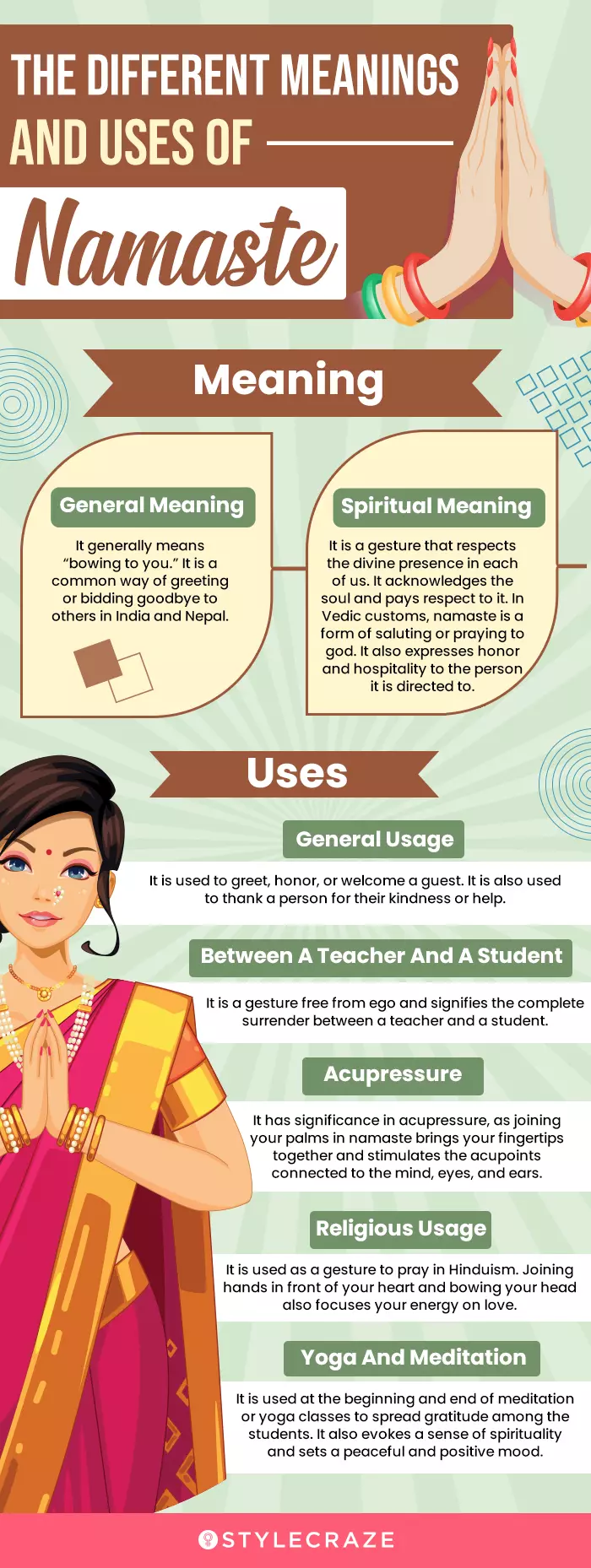
Illustration: StyleCraze Design Team
The meaning of Namaste translates to ‘bowing to you,’ and the gesture has a special place in yoga and Hinduism. However, it is not a religious symbol but a spiritual one. It is often used as a gesture to show respect and greet people, especially in India. It also gained acceptance by world leaders during the coronavirus scare as the gesture does not involve physical contact. Spiritually, it has a more in-depth meaning, which says this gesture is used to acknowledge the soul and respect the divine presence in each of us. Besides greeting, people also use this gesture to pray to god. In simple words, there is no better way than a Namaste if you want to honor and respect a person.
Frequently Asked Questions
Is Namaste a Hindu term?
Namaste is a Sanskrit word and is a common gesture for greeting people in Hinduism.
Why do we join hands for Namaste?
Joining hands for Namaste is considered an ego-neutralizing gesture.
Why do Buddhists say namaste?
Buddhists say namaste as a respectful greeting with a generous bow when meeting somebody or saying goodbye.
Is namaste Japanese or Indian?
The word namaste is used by people of the Indian subcontinent. The Japanese also bow as a respectful salutation, however, they do not say namaste.
Are there any symbolic gestures associated with namaste?
A perfect namaste is accompanied by joining the two palms in front of the chest and a slight bow.
Are there any mantras associated with namaste?
No, there are no mantras associated with namaste when it is said as a daily greeting.
Are there any alternative translations for namaste?
Other alterations of namaste are “I bow to you” or “greetings to you”.
Illustration: The Meaning Of Namaste – Everything You Need To Know About It
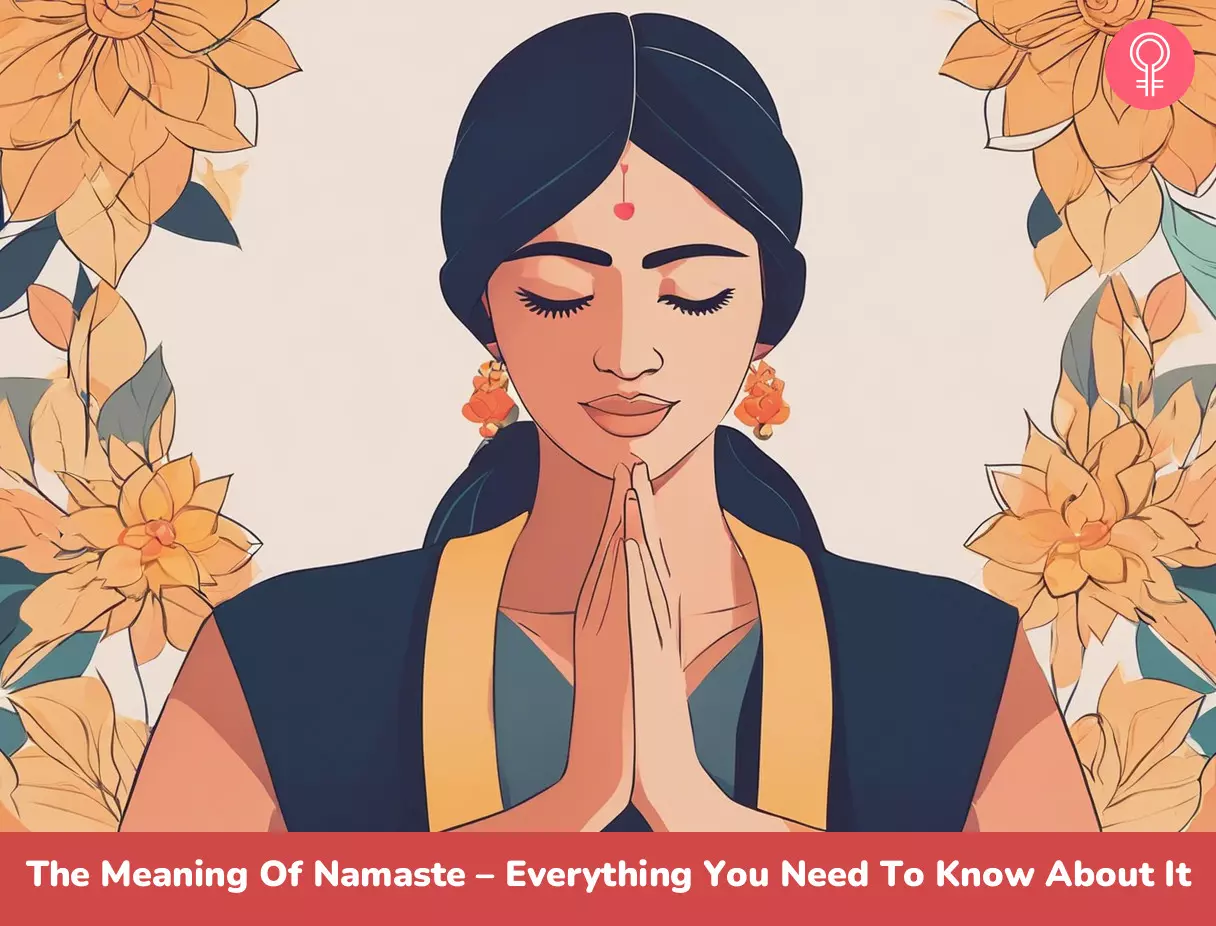
Image: Stable Diffusion/StyleCraze Design Team
Namaste is a traditional Indian greeting of respect and honor. It is a way to show appreciation and gratitude for the presence of another. Learn more about it from the video below.
Read full bio of Pratibha Agarwal
Read full bio of Shirin Mehdi
Read full bio of Ravi Teja Tadimalla
Read full bio of Himanshi Mahajan









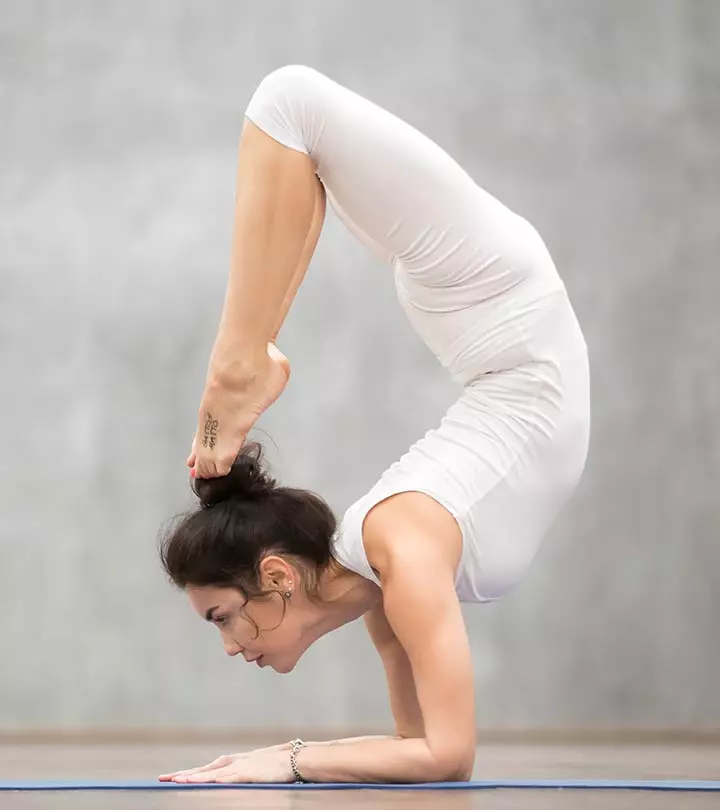

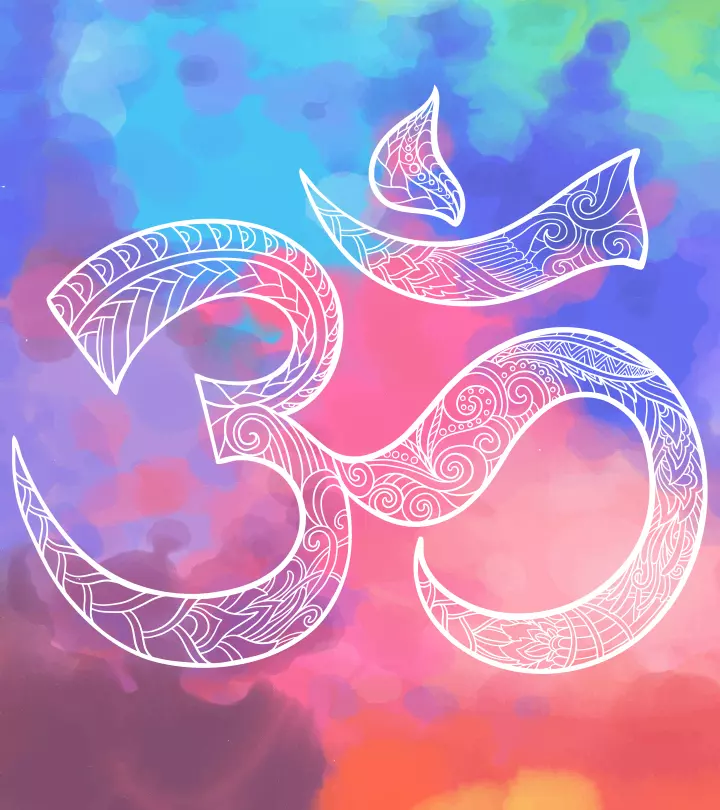


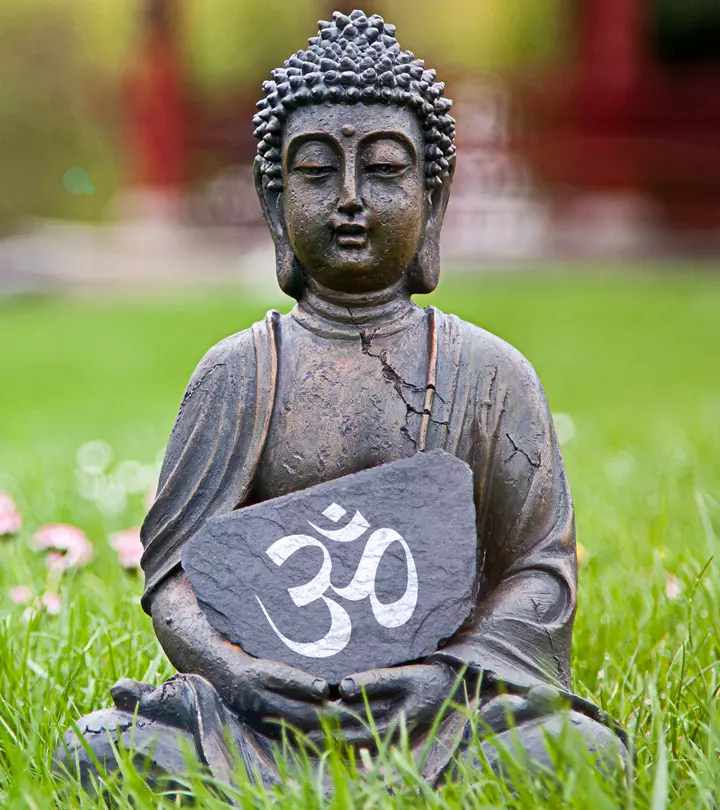

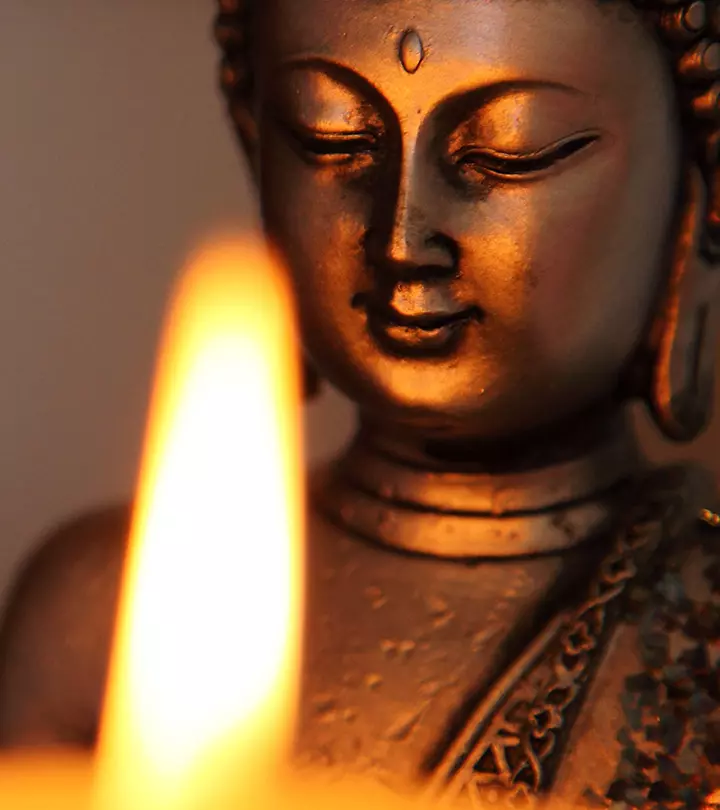





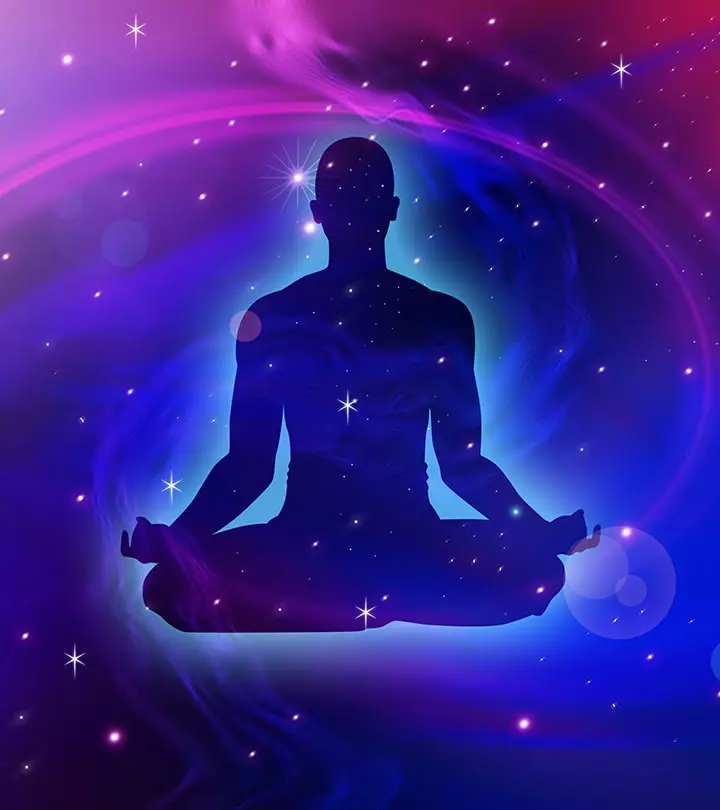


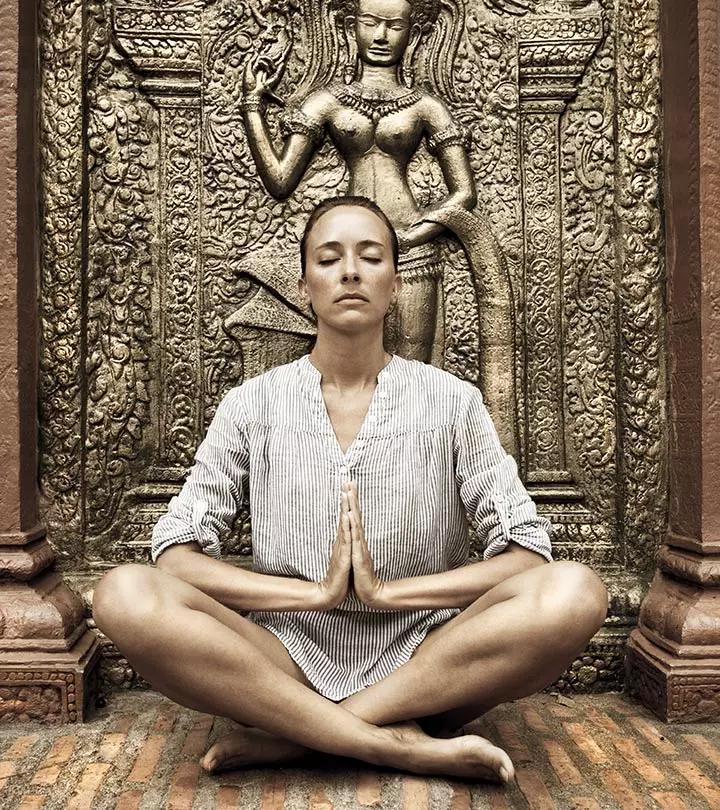
Community Experiences
Join the conversation and become a part of our empowering community! Share your stories, experiences, and insights to connect with other beauty, lifestyle, and health enthusiasts.